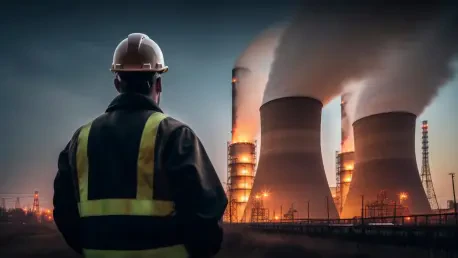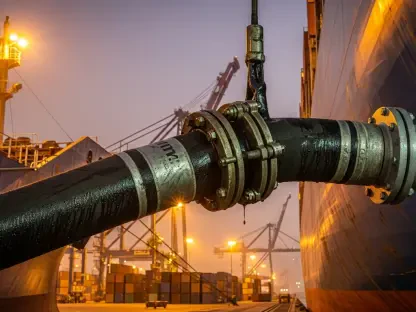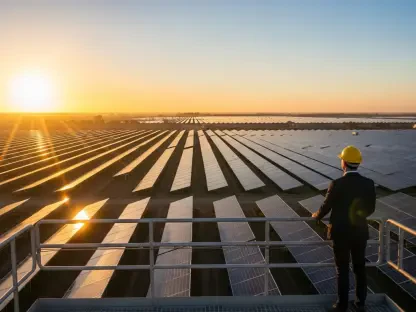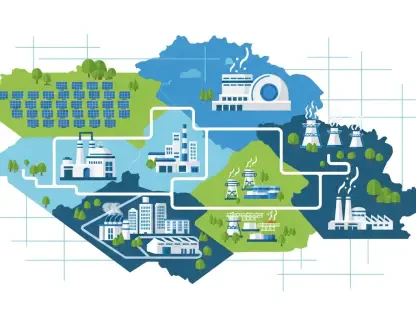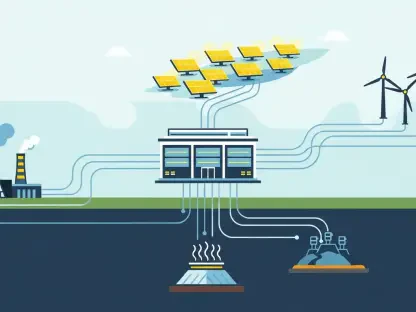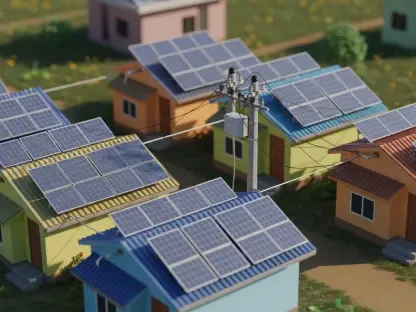The evolution of energy production is urgent and inevitable as the world contends with escalating environmental challenges and the quest for sustainable solutions. At the forefront of this energy transition is advanced nuclear technology, poised to become a cornerstone of low-carbon energy systems. This market analysis will explore key trends and projections surrounding this transformative technology as it promises lower operation costs and revamps safety measures.
Context and Importance of Advanced Nuclear Technology
Understanding the present significance of advanced nuclear technology requires a look back at its developmental trajectory. Throughout the 20th century, nuclear energy was celebrated for its potent capability yet critiqued for its safety and waste management challenges. Today, cutting-edge technological advances attempt to surmount these hurdles, providing a safer, more sustainable future. The reimagining of nuclear energy through advanced reactors seeks to resolve historical drawbacks while contributing significantly to cleaner energy solutions.
In-Depth Examination of Market Trends and Projections
With a stronger focus on safety innovations, advanced nuclear technology presents an array of passive safety systems aimed at minimizing human intervention. Successful prototype implementations and modified regulatory standards signal progress, yet there is persistent skepticism about the costs and readiness of the technology. The U.S. Nuclear Regulatory Commission has adjusted its processes to facilitate the adoption of these innovations, indicating a favorable regulatory climate.
The compact design and scalability of Small Modular Reactors (SMRs) are setting them apart in the nuclear sector. Their potential to be installed in diverse settings with lowered capital requirements appeals to varied markets, including those not traditionally aligned with nuclear pursuits. This growing interest is bolstered by state-level support frameworks, anticipated increased energy demand, and sustained federal incentives. The market’s adaptability to these designs demonstrates a shift toward innovative applications of nuclear technology.
Regional perspectives further illustrate the varied adoption of advanced nuclear technologies. Regulatory environments significantly impact deployment; regions with more relaxed restrictions are witnessing quicker advancements compared to areas where nuclear power remains contentious. Collaborative international efforts and informed policy reforms are poised to harmonize these disparities. Educating skeptics on the actual risks and benefits is crucial in dispelling entrenched fears regarding nuclear energy.
Technological progress is central to the success of advanced nuclear technologies. State-of-the-art enrichments in fuel efficiency and waste management elevate the feasibility of these reactors. Concurrently, shifting regulatory landscapes could expedite the approval processes, especially for microreactors, paving the way for broader acceptance. These advancements create a promising outlook, but success hinges on continuous innovation and strategic collaborations that align with the global push for a cleaner energy matrix.
Strategic Implications and Recommendations for Stakeholders
Reflecting upon these findings, strategic maneuvers are crucial in capitalizing on advanced nuclear innovations while navigating inherent challenges. Stakeholders in this evolving field are recommended to engage in multifaceted partnerships and keep pace with ever-evolving regulations. A focus on incremental technological achievements, together with a transparent dialogue regarding nuclear energy’s potential, can foster the public trust necessary for this transition.
Although the advancement of nuclear technology appears to have great potential for the future of sustainable energy, stakeholders must diligently address economic and regulatory challenges. This calls for a strategic approach that combines ambition with prudence, enabling advanced nuclear technologies to serve as a decisive factor in the transition to a resilient, carbon-neutral future.
